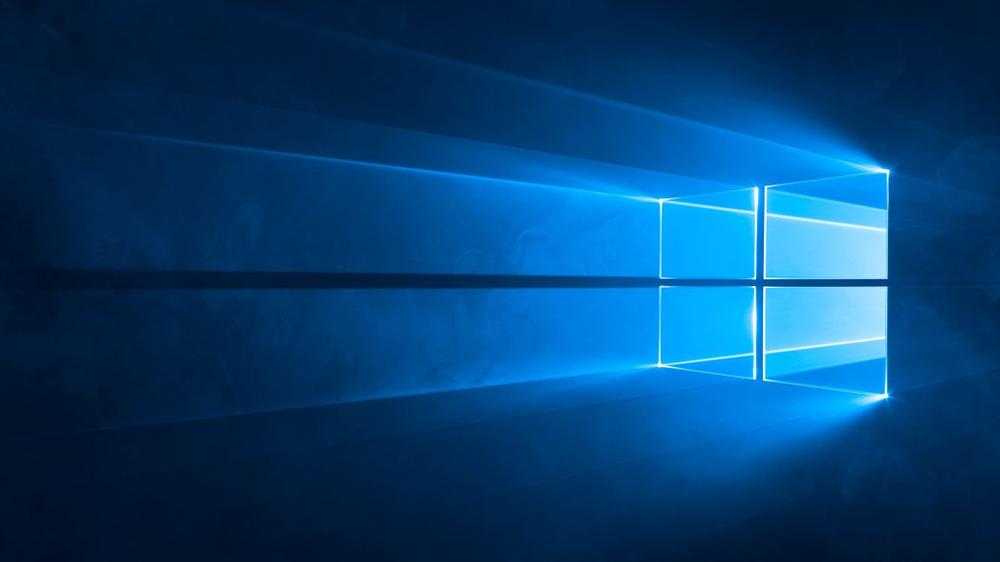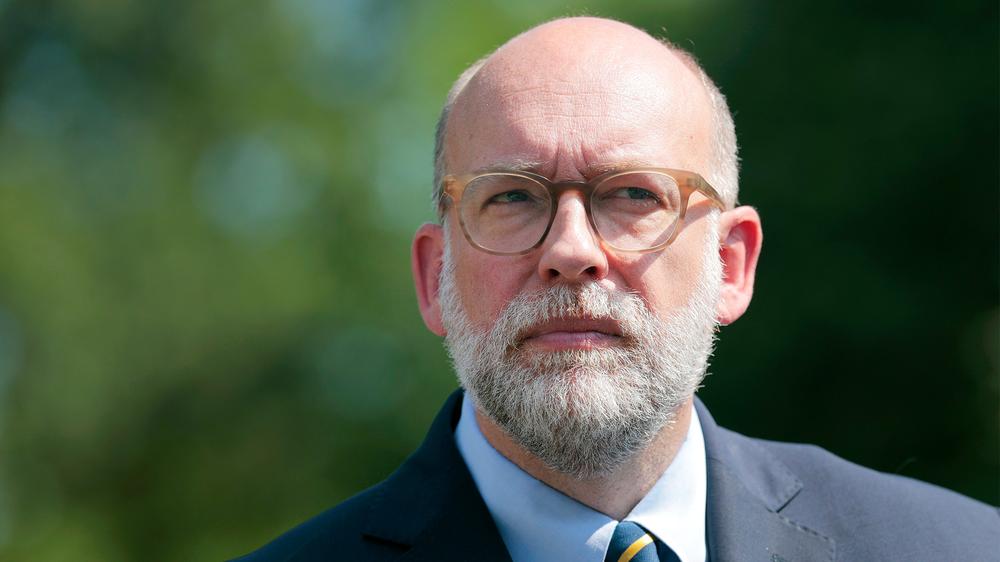Today is the official end-of-support date for Microsoft's Windows 10. That doesn't mean these PCs will suddenly stop working, but if you don't take action, it does mean your PC has received its last regular security patches and that Microsoft is washing its hands of technical support.
This end-of-support date comes about a decade after the initial release of Windows 10, which is typical for most Windows versions. But it comes just four years after Windows 10 was replaced by Windows 11, a version with stricter system requirements that left many older-but-still-functional PCs with no officially supported upgrade path. As a result, Windows 10 still runs on roughly 40 percent of the world's Windows PCs (or around a third of US-based PCs), according to StatCounter data.
But this end-of-support date also isn't set in stone. Home users with Windows 10 PCs can enroll in Microsoft's Extended Security Updates (ESU) program, which extends the support timeline by another year. We've published directions for how to do this here—while you do need one of the Microsoft accounts that the company is always pushing, it's relatively trivial to enroll in the ESU program for free.
Home users can only get a one-year stay of execution for Windows 10, but IT administrators and other institutions with fleets of Windows 10 PCs can also pay for up to three years of ESUs, which is also roughly the amount of time users can expect new Microsoft Defender antivirus updates and updates for core apps like Microsoft Edge.
Obviously, Microsoft's preferred upgrade path would be either an upgrade to Windows 11 for PCs that meet the requirements or an upgrade to a new PC that does support Windows 11. It's also still possible, at least for now, to install and run Windows 11 on unsupported PCs. Your day-to-day experience will generally be pretty good, though installing Microsoft's major yearly updates (like the upcoming Windows 11 25H2 update) can be a bit of a pain. For new Windows 11 users, we'll publish an update to our Windows 11 cleanup guide soon—these steps help to minimize the upsells and annoyances that Microsoft has baked into its latest OS.
A brief history of Windows 10
Windows 10 was initially released in July 2015, around three years after the release of Windows 8. The update's main priority was to roll back some of Windows 8's more divisive user interface changes, particularly the full-screen Start menu that Microsoft added in a mostly unsuccessful effort to make Windows tablets compete better with Apple's then-new iPad.
But Windows 10 also came with big changes to how Microsoft updated and sold Windows. In an effort to unite Windows' fragmented user base, Microsoft officially offered Windows 10 as a totally free upgrade for all Windows 7 and Windows 8 installations for the first year and unofficially for many years after that. Rather than releasing a new major paid Windows upgrade every three years or so, Microsoft committed to releasing two free updates per year that would make modest-but-continuous tweaks and changes to the OS. One Microsoft employee referred to Windows 10 as "the last version of Windows," a line that was repeated widely outside the company even though Microsoft never adopted it as an official policy.
For five years after that, Microsoft stuck to its guns, releasing a total of 12 Windows 10 versions between July 2015 and May 2021, each of which contained its own new features and user interface tweaks. Over that period, Windows 10 unified the Windows user base to an extent not seen since Windows XP's mid-2000s heyday—at its peak in late 2021, over 82 percent of all Windows PCs worldwide were running Windows 10.
But even "the last version of Windows" couldn't last forever. In 2019, Microsoft started talking about something it called "Windows 10X." This was initially intended as a minor flavor of Windows aimed at dual-touchscreen devices like the Surface Duo or the unreleased Surface Neo.
These devices, and Windows 10X itself, were scrapped. But word on the street was that the design work done for Windows 10X, including the redesigned Start menu, the center-aligned taskbar, new icons, and the "Mica" design material, would be incorporated into a major Windows 10 visual refresh called "Sun Valley." This update was released in October 2021 as Windows 11.
Despite Windows 11, Windows 10 has already received an unusual amount of post-replacement support from Microsoft. The company released Windows 10 21H2 and 22H2 alongside Windows 11 releases with the same version numbers; it also extended support for the Copilot chatbot to Windows 10 in late 2023. And while the concept of the ESU program isn't new—Windows 7 also had one, for businesses that could pay—this is the first time Microsoft has offered some version of the ESU program to the general public.
All of this is to say that despite the formal end-of-support date, Windows 10 will still be with us for at least a few more years, its already long life extended by its continued popularity. And depending on how quickly Windows 11 adoption ticks upward over the next 12 months, it's still possible that we haven't heard the last from Microsoft about Windows 10's long, meandering end-of-life.

 The latest Moto Razr Ultra foldable is an even better value at $999
The latest Moto Razr Ultra foldable is an even better value at $999